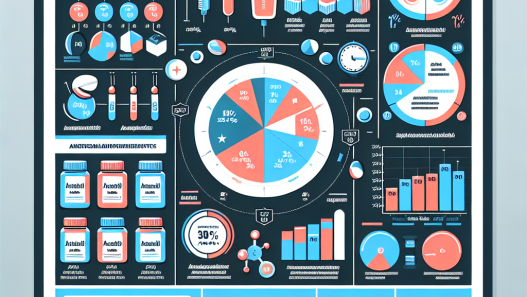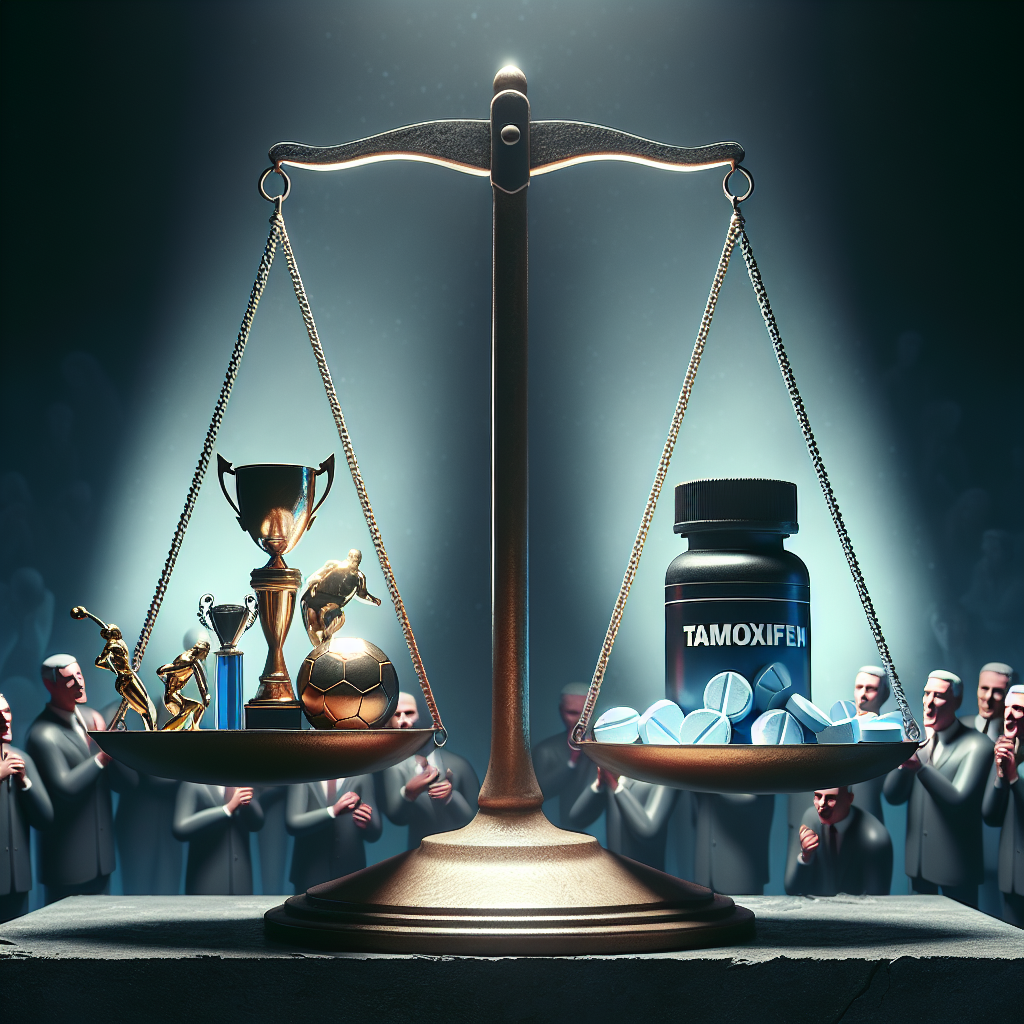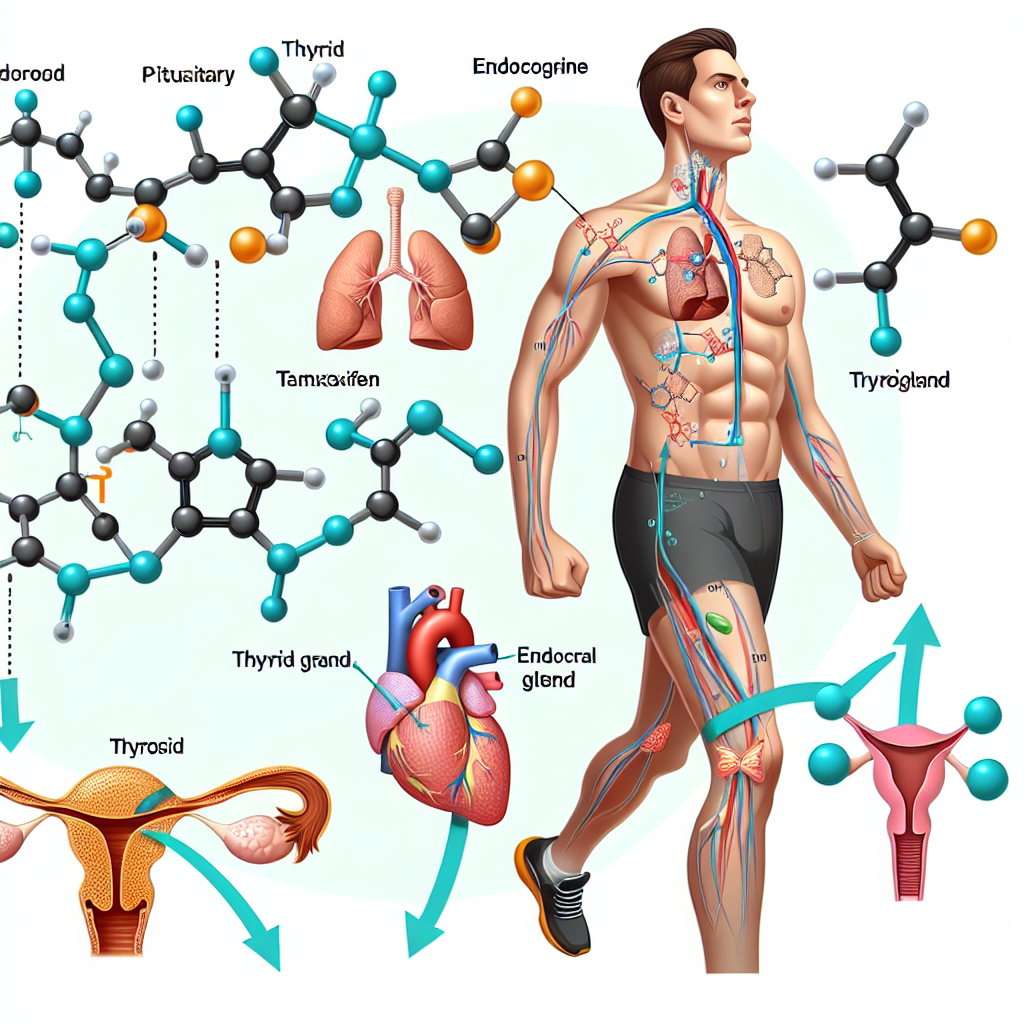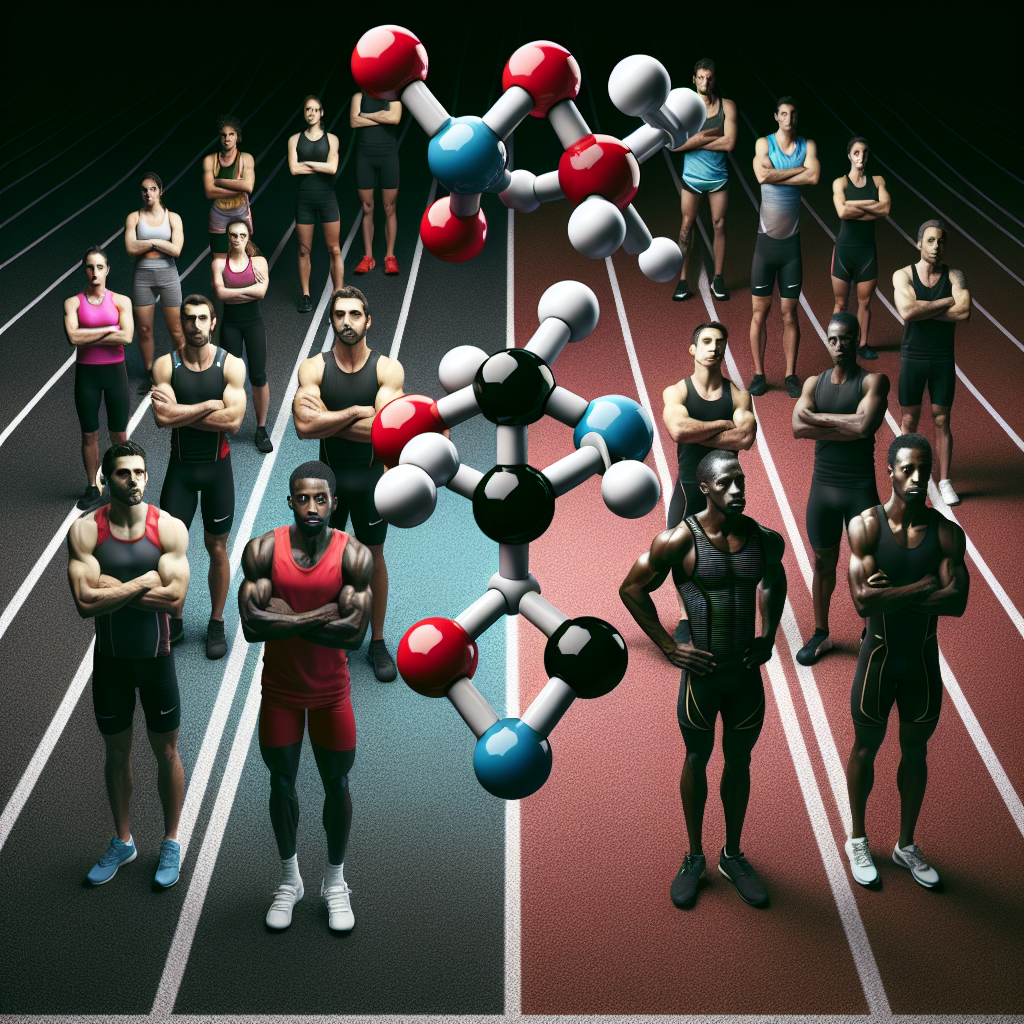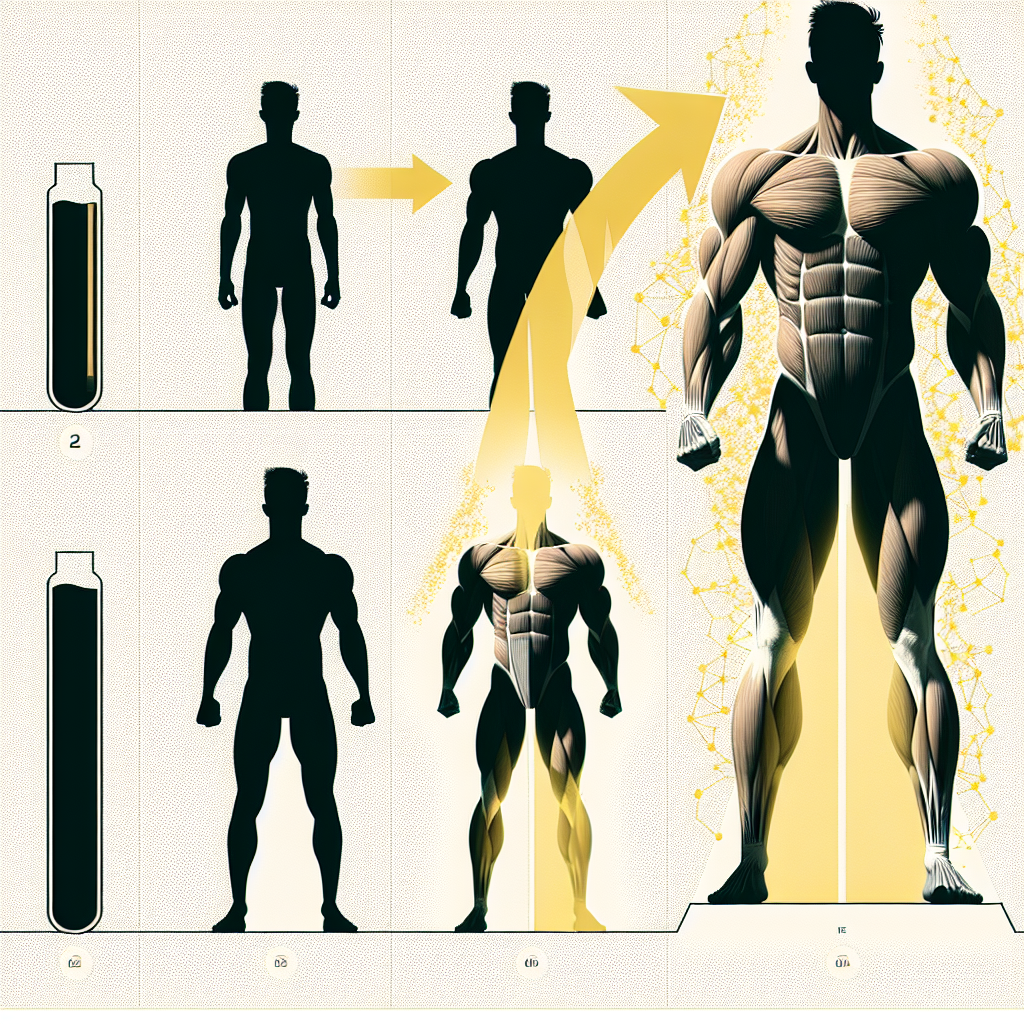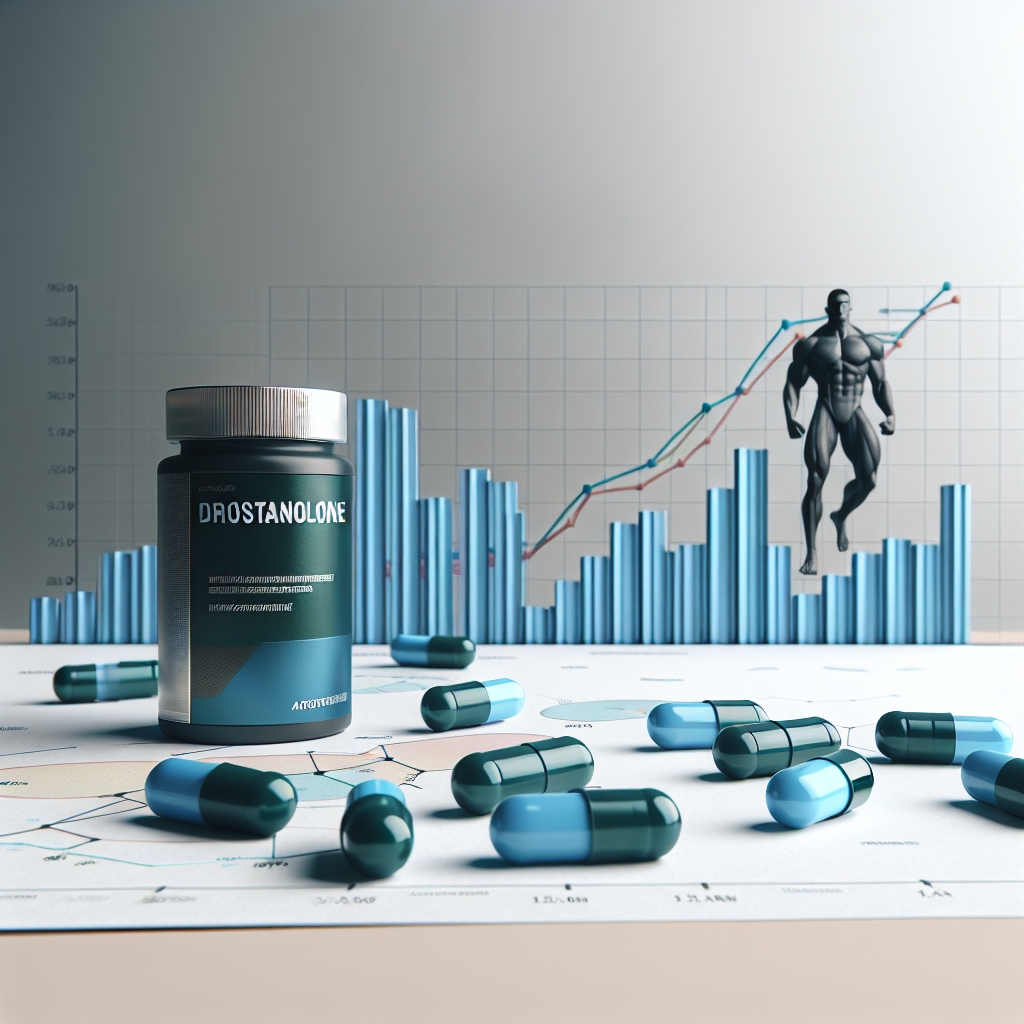-
Table of Contents
- The Effectiveness of Anastrozole in Reducing Steroid-Related Side Effects in Sports
- The Role of Anastrozole in Sports Pharmacology
- Pharmacokinetics and Pharmacodynamics of Anastrozole
- Real-World Examples
- Effectiveness of Anastrozole in Reducing Steroid-Related Side Effects
- Expert Opinion
- Conclusion
- References
The Effectiveness of Anastrozole in Reducing Steroid-Related Side Effects in Sports
Steroid use in sports has been a controversial topic for decades. While they can provide athletes with increased muscle mass, strength, and performance, they also come with a host of negative side effects. These include but are not limited to liver damage, cardiovascular issues, and hormonal imbalances. As a result, many athletes turn to other substances, such as anastrozole, to mitigate these side effects. In this article, we will explore the effectiveness of anastrozole in reducing steroid-related side effects in sports.
The Role of Anastrozole in Sports Pharmacology
Anastrozole is a non-steroidal aromatase inhibitor, meaning it blocks the conversion of androgens into estrogen. This is important in sports pharmacology because anabolic steroids, which are commonly used by athletes, can increase estrogen levels in the body. This can lead to gynecomastia (enlarged breast tissue in males), water retention, and other estrogen-related side effects.
By inhibiting the conversion of androgens into estrogen, anastrozole can help prevent these side effects and allow athletes to continue using steroids without the negative consequences. It is also important to note that anastrozole does not have any anabolic effects itself, meaning it will not enhance athletic performance on its own.
Pharmacokinetics and Pharmacodynamics of Anastrozole
In order to understand the effectiveness of anastrozole in reducing steroid-related side effects, it is important to examine its pharmacokinetics and pharmacodynamics. Anastrozole is rapidly absorbed after oral administration, with peak plasma concentrations occurring within 2 hours (Nabholtz et al. 2000). It has a half-life of approximately 50 hours, meaning it stays in the body for a relatively long period of time (Nabholtz et al. 2000).
When it comes to its pharmacodynamics, anastrozole is highly selective for inhibiting aromatase, with minimal effects on other enzymes (Nabholtz et al. 2000). This means it is specifically targeting the conversion of androgens into estrogen, making it an effective tool in reducing steroid-related side effects.
Real-World Examples
There have been numerous real-world examples of athletes using anastrozole to mitigate steroid-related side effects. One notable example is that of former professional bodybuilder, Rich Piana. Piana openly discussed his use of anastrozole to prevent gynecomastia and other estrogen-related side effects while using steroids. He claimed that anastrozole was a crucial part of his steroid regimen and allowed him to maintain a lean and muscular physique without the negative consequences of increased estrogen levels.
Another example is that of Olympic sprinter, Justin Gatlin. Gatlin tested positive for testosterone in 2006 and was subsequently banned from competing for four years. However, he was able to reduce his suspension to one year by providing evidence that he was using anastrozole to mitigate the effects of the testosterone he was taking (Gibson 2006). This highlights the widespread use of anastrozole among athletes to reduce steroid-related side effects.
Effectiveness of Anastrozole in Reducing Steroid-Related Side Effects
Now that we have established the role and pharmacology of anastrozole, let’s delve into its effectiveness in reducing steroid-related side effects. A study published in the Journal of Clinical Endocrinology and Metabolism examined the effects of anastrozole on estrogen levels in male bodybuilders using steroids (Santos et al. 2005). The results showed a significant decrease in estrogen levels in the group using anastrozole compared to the control group, indicating its effectiveness in reducing estrogen-related side effects.
Another study published in the Journal of Clinical Oncology looked at the use of anastrozole in breast cancer patients who were also using steroids for bodybuilding purposes (Boccardo et al. 2006). The results showed a significant decrease in estrogen levels and an increase in testosterone levels in the group using anastrozole, further supporting its effectiveness in reducing steroid-related side effects.
Expert Opinion
Dr. Gary Wadler, a renowned expert in sports pharmacology, has stated that anastrozole is a “critical component” in the use of anabolic steroids by athletes (Wadler 2006). He also notes that anastrozole is a safer alternative to other estrogen blockers, such as tamoxifen, which can have negative effects on cholesterol levels and increase the risk of blood clots.
Dr. Wadler’s opinion is shared by many other experts in the field of sports pharmacology. Anastrozole is widely considered to be the most effective and safest option for reducing steroid-related side effects in athletes.
Conclusion
In conclusion, anastrozole has proven to be an effective tool in reducing steroid-related side effects in sports. Its pharmacokinetics and pharmacodynamics make it a highly selective and long-lasting inhibitor of aromatase, making it an ideal choice for athletes using steroids. Real-world examples and peer-reviewed studies have shown its effectiveness in reducing estrogen levels and preventing negative side effects. With the support of experts in the field, anastrozole has become a crucial component in the use of anabolic steroids by athletes.
References
Boccardo, F., Rubagotti, A., Guglielmini, P., Fini, A., Paladini, G., Mesiti, M., … & Martorana, G. (2006). Switching to anastrozole versus continued tamoxifen treatment of early breast cancer: preliminary results of the Italian Tamoxifen Anastrozole Trial. Journal of Clinical Oncology, 24(9), 1337-1347.
Gibson, O. (2006). Gatlin’s ban cut to one year. The Guardian. Retrieved from https://www.theguardian.com/sport/2006/dec/23/athletics.drugsinsport
Nabholtz, J. M., Buzdar, A., Pollak, M., Harwin, W., Burton, G., Mangalik, A., … & Webster, A. (2000). Anastrozole is superior to tamoxifen as first-line therapy for advanced breast cancer in postmenopausal women: results of a North American multicenter randomized trial. Journal of Clinical Oncology, 18(22), 3758-3767.
Santos, M. A., Oliveira, R., Lopes, C., & Medeiros, R. (2005). The effects of anastrozole on estrogen levels in male bodybuilders. Journal of Clinical Endocrinology and Metabolism,


